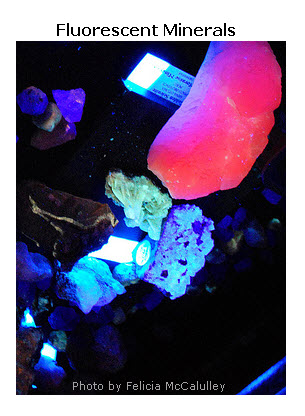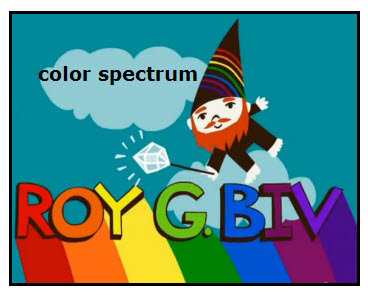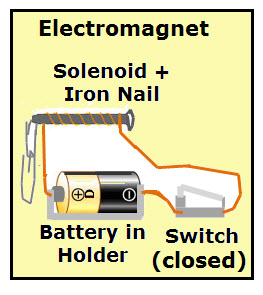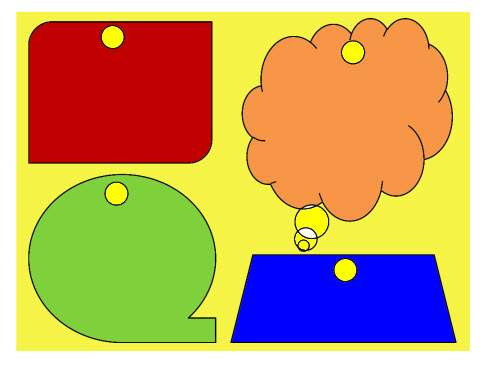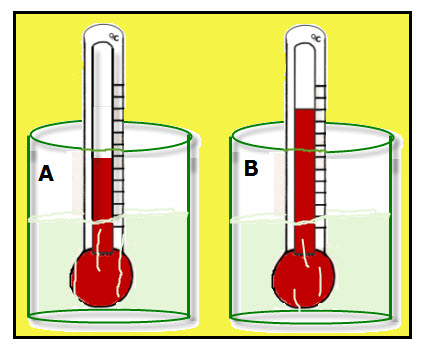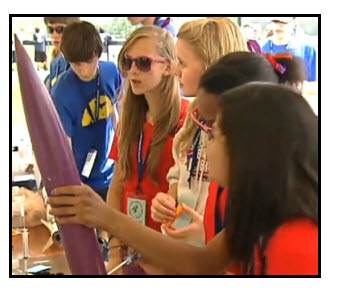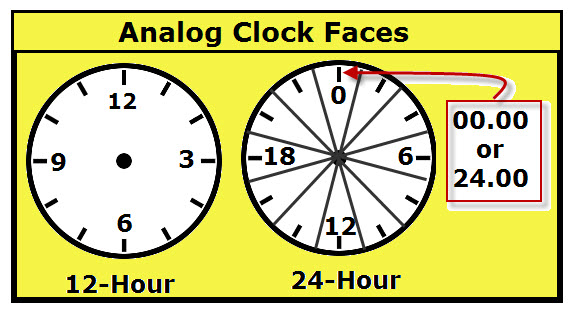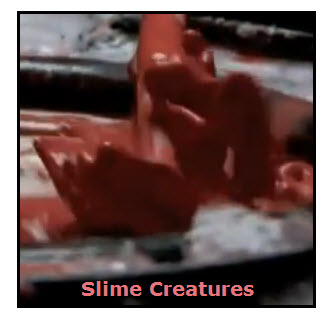Light is a form of energy. The two common ways for creating light are: incandescence and luminescence. Incandescence is the emission of light due to the high temperature of an object. A burning candle, as well as light bulbs with filaments produce light because of high temperature. This is not an efficient way to produce […]
ROY G. Biv
The rainbow colors are so spectacular. Notice that the rainbow colors are always in the same order. R is for red light, which is light with the least energy.O is for orange light.Y is for yellow light.G. is for green light.B is for blue light.I is for indigo light.V is for violet light, which is […]
Electromagnet
The diagram shows a closed switch connected in the electric circuit for an electromagnet. The closed switch allows the electric current from the battery to flow through the solenoid (coil of wire around the nail) and back to the opposite end of the battery. When an electric current passes through a wire, a magnetic field […]
Balance: Center of Gravity
Free Shapes for Mobiles from Smart Chick A FREE set of blank shapes that can be used with students to help them to create mobiles. Mobiles can be made with science concepts, vocabulary, etc. They are a lot of fun and a fun way to learn about about science topic! The shapes from Smart Chick […]
Temperature vs. Kinetic Energy
TEMPERATURE Temperature measures how hot or cold a material is. Hot materials have a higher temperature than cold materials. In the Diagram: The contents of container A has a lower temperature than the contents of container B. I know this because the temperature reading on the thermometer in container A is lower than is the […]
Aerospace Career
Team America Rocket Contest
Analog Clocks
An analog clock is a clock that displays the time of day by the position of hands on a dial (clock face). The diagram shows the face of two different analog clocks, one marked in 12 hour units and the other is marked in 24 hour units.
Slime Creatures Produced by Sonic Waves
Sonic is a term that refers to sound that: has a frequency within the audible range of the human ear refers to waves and vibrations The slime in the video is a polymer made with borax and glue. For information about slime as well as how to make it, see SLIME INDEX.
Fifth Annual National Rocket Competition
FIRE UP YOUR STUDENTS! POWER UP YOUR SCIENCE LESSONS WITH ROCKET SCIENCE You don’t have to be a rocket scientist to bring rocketry to your kids. You can do it with the help of Jack & Kathy Colpas! The information on this page is from Jack & Kathy Colpas, co-directors of the National Rocketry Competition: […]
- « Previous Page
- 1
- …
- 3
- 4
- 5
- 6
- 7
- …
- 16
- Next Page »
